What Makes a Good Cricket Bat:
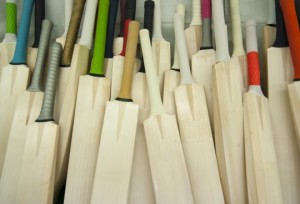
In my last post, I promised you to write about “What makes a good Cricket Bat?” As I promised here I am to deal with this doubt.
After knowing that I write posts about cricket and stuff, people curiously ask me “What makes a good Cricket bat?” The answer is quite simple but at the same time tricky as a puzzle.
It depends on two very important factors:
- Taste of the Customer.
- Skill of the Bat Maker.
A Bat should always be chosen on its feel. It’s important because the look of the bat has no relation with its playing ability. Cricket Bats are made from the Willows. Achieving a natural product with no faults at all is just not possible. Thus it cannot be expected to be perfect. Woods usually have some small knots or blemishes. As a result it appears on the Cricket Bat as well.
It’s hard for an amateur to find the difference between the grades of the Willow. The only main differences in the grade are the visual appearance of the wood. It generally includes the amounts of butterfly stain, the number of blemishes or knots on the blade and the straightness of the grain. We can assume that, the more color in the blade, the lower the grade. Despite this difference, there is negligible difference in their playing ability. It is just a misconception that if it looks good it will play well too. In the reality, this is just not the case.
Butterfly stain used to be very popular for its superior strength and playing ability. Unfortunately people do not buy it now because it does not look clean and white. It does make very good and strong bats that perform well and last long.
The Grain Myth:
First of all, I would like to tell you something about the grain structure of the Willow. Generally a blade having wide grains contains at least 6 grains on the face. Each grain represents one year’s growth of the tree and the width of the grain dependents on the speed of the tree’s growth. The factors that affect the rate of the growth are:
- The Soil Quality.
- The Amount of water available.
Now a day, growers want quick return for their investments. So, the trees have been planted in the most ideal sites. These sites provide the best weather conditions for the trees to grow quickly. Eventually, it is going to affect the variety of the Willows. In the future, there will be less narrow grain trees available to buy. It’s because growers have cut a lot of this type of tree and re planted in better sites.
This is a certain scenario, because it happened a few years ago. At that time wide grain wood was in demand. Manufacturers were not able to supply enough wide grain Willow. Now it has gone back the other way.
Unfortunately, fashion and nature are two totally different things. It takes a long time for a tree to grow to its full extent. But fashion changes from time to time. The minimum maturity age of a tree to cut is 10 years. Generally 12 to 18 years old trees provide a wider grain. A tree which is old as 25 years or more provides a narrower grain.
A narrow grain (minimum 10 grains on the face) bat certainly plays well and quicker. But everything comes at a price. A narrow grain bat does not have a particularly long life. On the other hand a wider grain bat (minimum 5 grains on the face) plays as well as a narrow grain. It just takes some time to perform like that but have a longer life span. It happens because of the wood’s young age. It’s youth provide strength so it stands up better to the beating with the balls.
With the changing climate, the growing seasons getting longer. Due to this effect, the production of narrow grain is getting less in percentage. There is nothing anybody can do about it. Players will have to adjust and accept wider grains bat in the coming years.
Weight of the Cricket Bats:
The three factors affecting the weight of the finished bat are:
- The Moisture Content.
- The Density of the Wood.
- The Process of Bat Making.
The blades are allowed to lose Moisture over a longer period of time. It gives more even moisture content. It reduces the chances to moisture getting trapped inside the blade, which causes heavy weight. Then the blades are put in driers after air drying to get the correct moisture content.
Another major factor affecting the weight of the Bat is the Density of the different trees. This varies from area to area and also from tree to tree. It’s also varied by soil type, amount of sunlight, amount of water and other physical factors.
The final factor that can change the weight of a Bat is The Process of Bat Making. While choosing a Cricket Bat, most players are concerned about a specific weight. When choosing a bat more focus should be put on the pick-up and feel of the bat rather than weight. The weight of a Bat depends on the skill of the bat maker. A bat of 2lb 14oz could feel like a 2 lb 7 oz if made with a proper weight distribution technique.
I hope you liked the post “What Makes a Good Cricket Bat” and Bat related information. I will write a post about the maintenance and caring of a cricket bat.


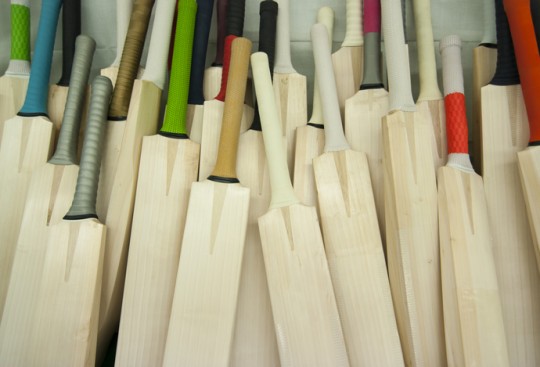
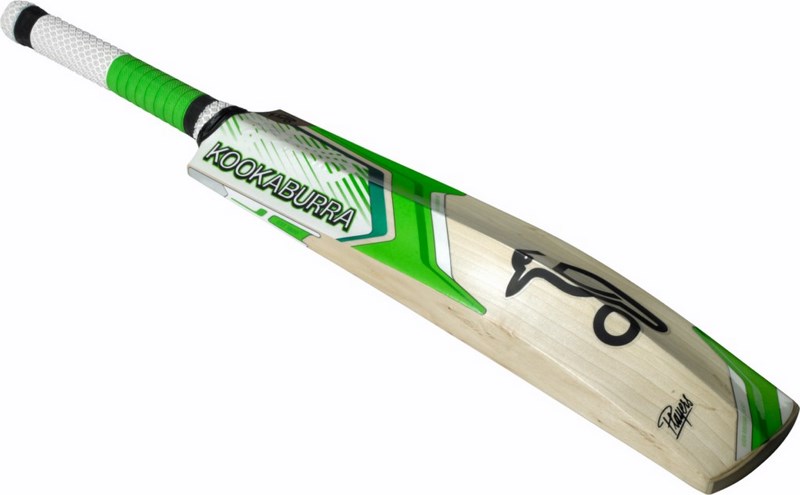
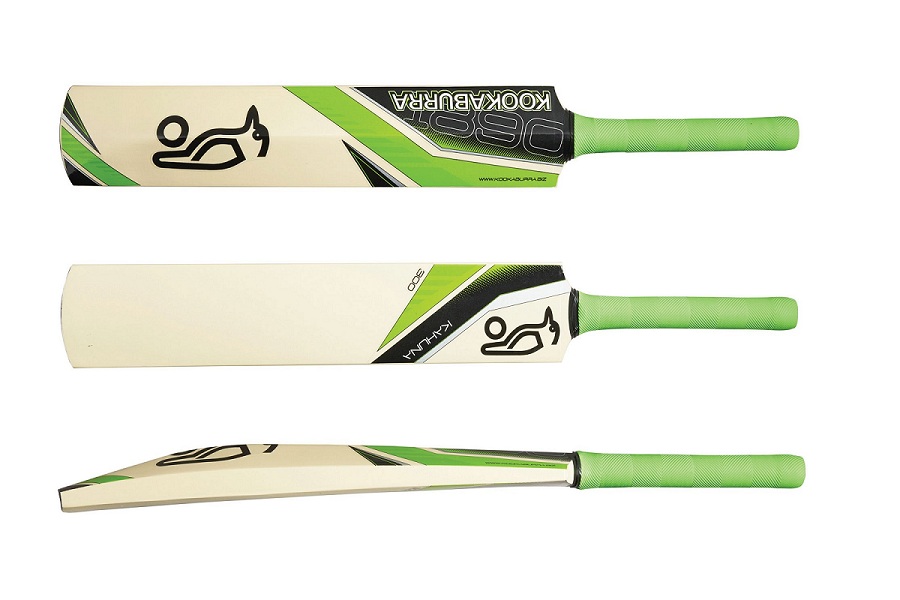






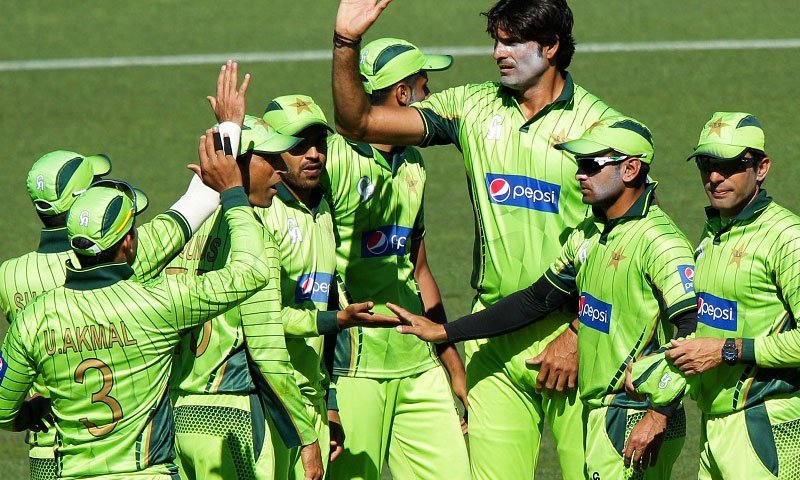


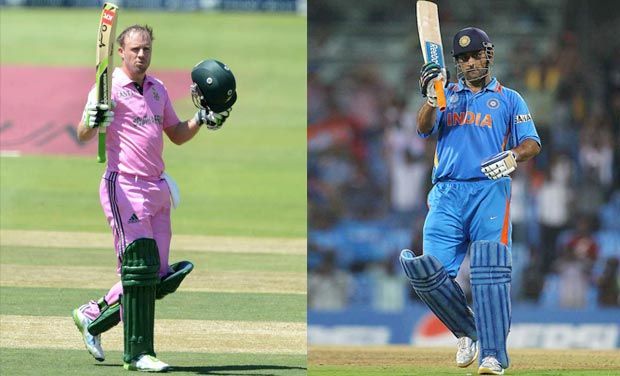
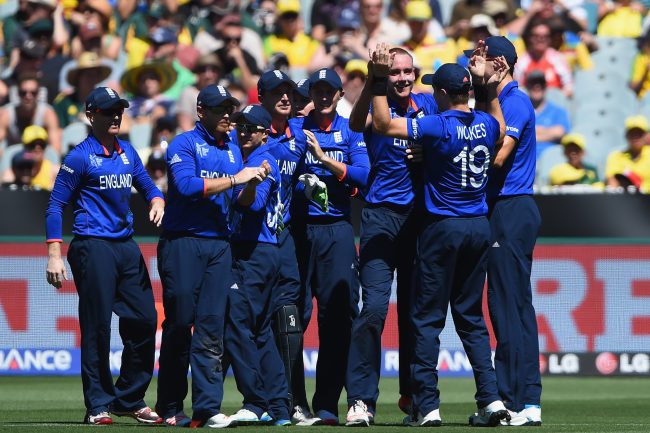

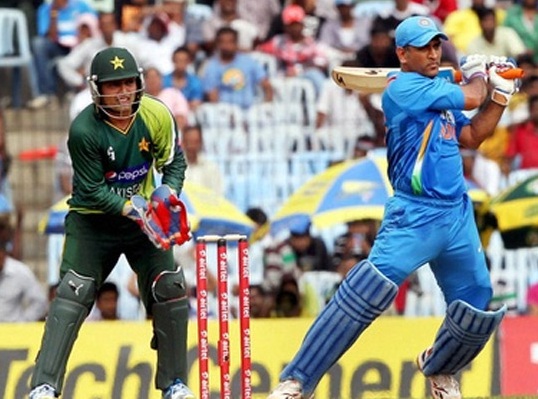
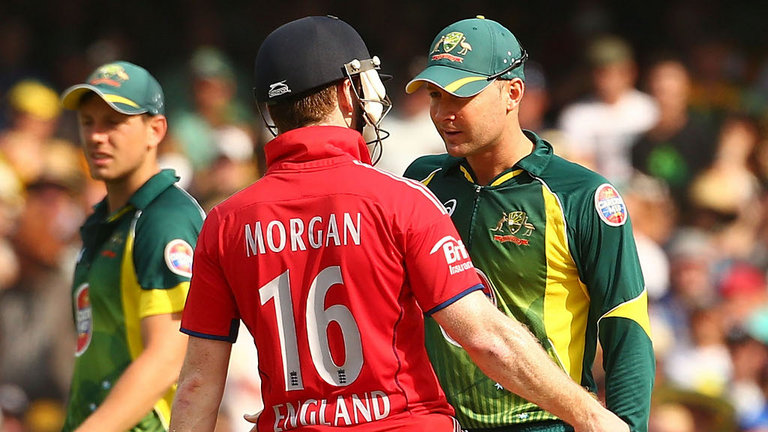
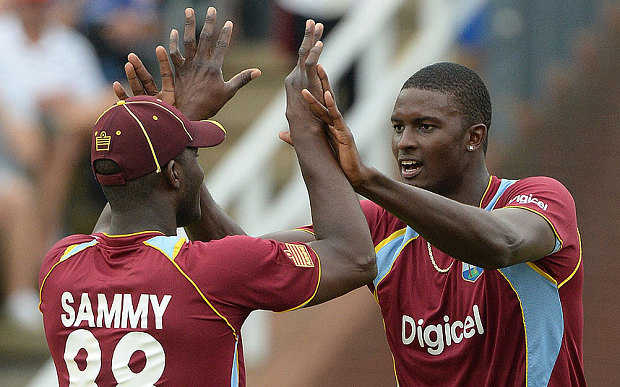
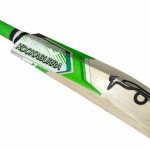

Comments 5
Best Bat kookaburra (kahuna)
Best willow (English willow)
Good bat.howmuch prize I want 100 bats
will help me alot!!
How i will know that a cricket bat is real or not
This is a certain scenario, because it happened a few years ago. At that time wide grain wood was in demand. Manufacturers were not able to supply enough wide grain Willow. Now it has gone back the other way.
http://www.psllive.pk